How to Fight Low-Effort Content
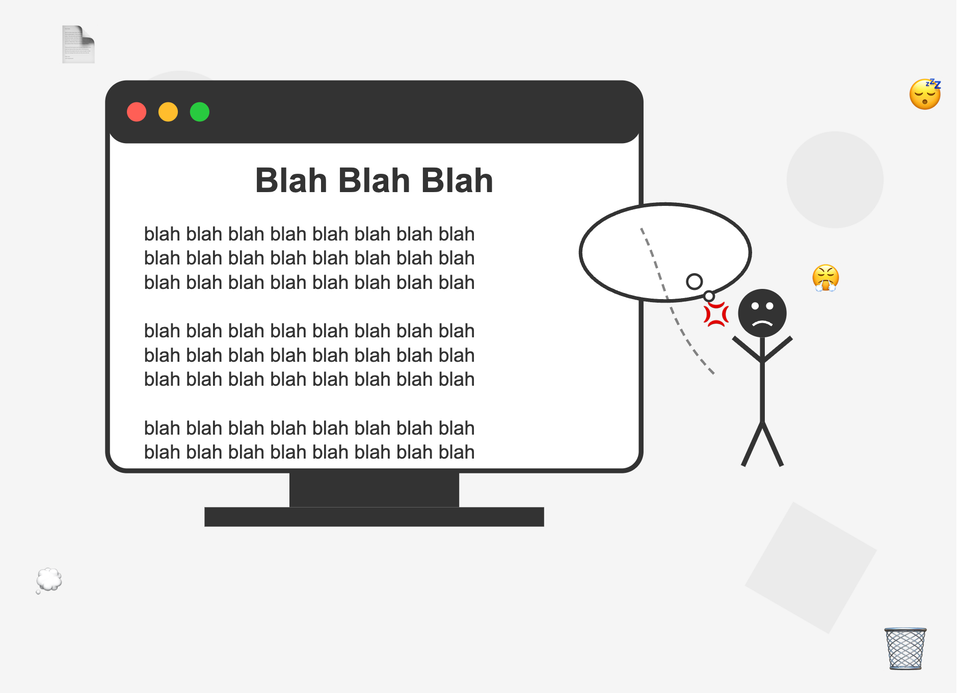
It's tempting for businesses to dedicate minimum effort to content.
Taking humans out of any process makes it a whole lot cheaper.
TL;DR: The way content is created (AI, human, human but AI-assisted) does not matter. What matters is the effort you put in to creating it.
I want to explain why low-effort content is risky, just in case you find yourself having to have the same argument with your boss.
Google is on the look-out for "low-effort content"
Low-effort content can be human-written or AI-generated. I'm sure we've seen plenty of examples of both.
And for now, low-effort content ranks just as well as the high-effort stuff.
But I think there is a risk in publishing low-effort content when we know the damage that's been done by past Google updates.
Here's just one mention of "effort" from Google's Quality Rater's Guidelines.

The Quality Rater's Guidelines are a set of rules that tell Google's human reviewers how to rate web pages. They give us vital clues about Google's goals.
These guidelines should factor into content strategy decisions.
We know that Quality Raters' suggestions are fed into ranking systems that will adjust rankings down the line. This is from Google's explainer documentation:

I think the Helpful Content Update was likely an attempt to eliminate low-effort content from the top of SERPs. It failed because it was too aggressive.
It took out too many good sites. And Google seemed incapable of correcting it. That's if they even knew what to correct.
From Giant Freakin Robot:
Many of the shadowbanned site owners attempted to... point out that the reason all 20 of us were there was specifically because our entire site was deranked from Google in a single night. [Google’s Chief Search Scientist] continued insisting this didn’t happen and then looked confused that anyone would disagree with him.
Google has since used manual penalties to target sites for low-effort content and scaled content abuse.
Here's a famous example: thousands of AI-generated pages, all ripped off someone else's site.
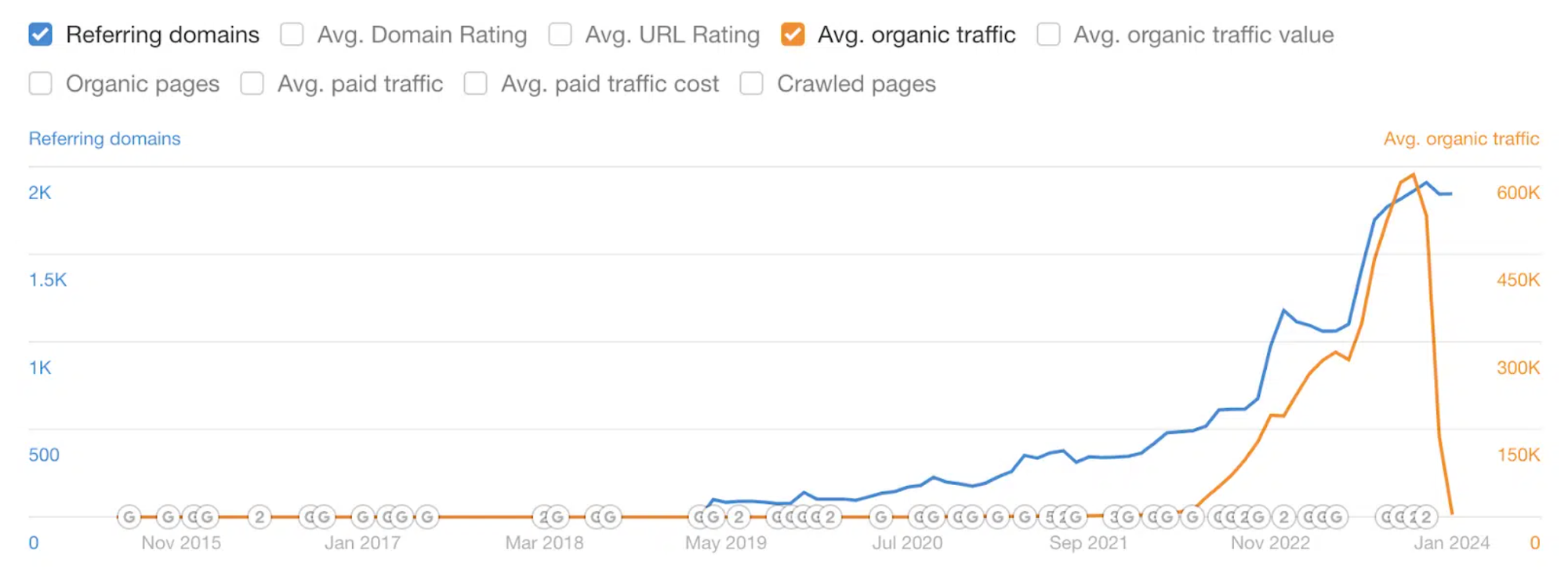
I'm straying off the point because I know Google often doesn't practice what it preaches. Crap content ranks well when it shouldn't. Google is not getting this right yet.
But that's no reason to ignore what the Quality Raters are doing.
I think we'll see more fine-tuning as to what "low-effort" really looks like, and the situation could change in future updates. Given how well some crap content ranks right now, Google will simply have to tackle it to compete with AI search.
The QRG might seem like it doesn't matter in the here and now because the Rater is not evaluating your site directly. But Google does this to check it's going in the right direction, and we shouldn't ignore that.
AI-generated content is not original
Are we content with saying things like 'elevating your experience' and 'streamlining your workflow'... or are we going to strive to create something original and distinctive?
Going back to the QRG, the word "original" appears many times. We should take the hint.

I can write a 500-word blog post that says the same thing as the top 10 pages in the SERP. I could generate that content in ChatGPT using those pages as sources. Both posts would be unoriginal because you wouldn't learn anything new.
Remember the post on semantic triples? I talked a bit about information gain: providing information that Google doesn't already have in its Knowledge Graph.
It's not enough for the content to make sense, look kinda OK, and be factually correct. You've got to push it to the next level and make it irresistible and impossible to copy.
“Low-effort, but good” is still low-effort.
Your brand will blend into the background
Your brand (or your client's brand) should have a voice. It needs a tone that sets it apart from the competing sites that are looking to steal its user base.
It needs its own way of addressing customers: something that makes it stand out.
Here's a quote from the Basecamp homepage:

This was created with effort and skill. No doubt about it.
If we don't aim to stand out, we'll all end up in this mushy middle ground where everything sort of makes sense, and sounds OK, but is instantly forgettable and interchangeable.
Check out this excellent post from Barry Adams on the change in content quality due to generative AI:
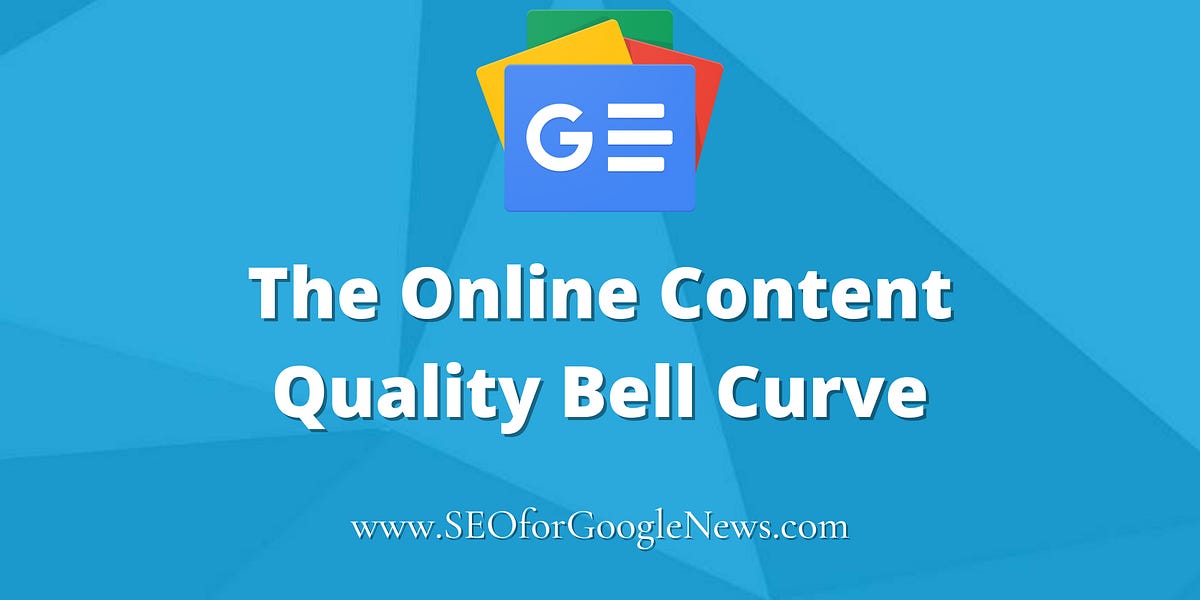
He says:
Bad content is being replaced wholesale by mediocre GenAI content. The ‘mediocre content’ bulge of the bell curve grows and swallows most of the ‘terrible content’ left side of the curve.
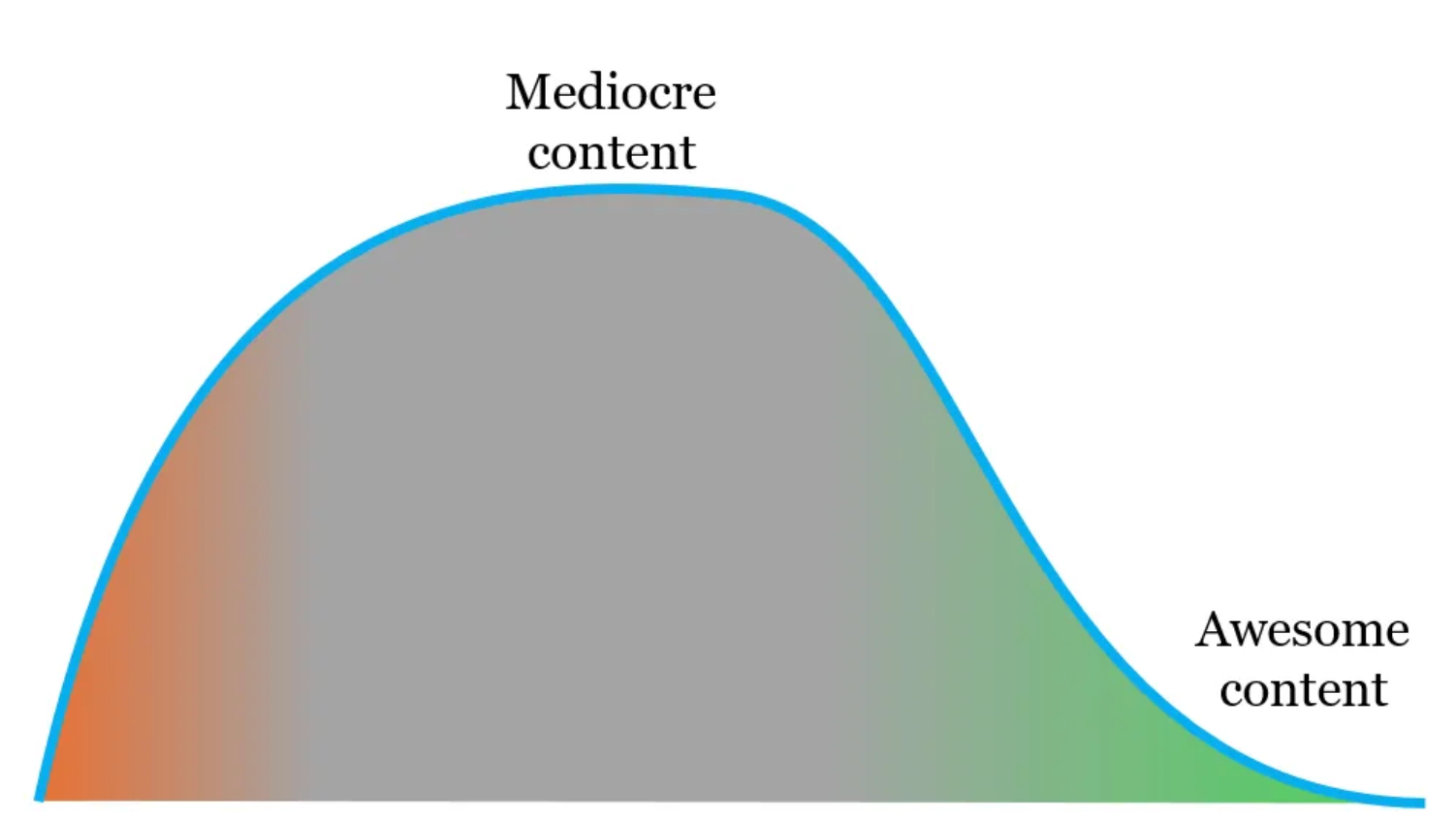
I want to stress, again, that this is not just a problem with AI-generated content. AI just opened the floodgates.
To assess quality, originality, and effort, we just need to think about the reason the content was created in the first place.
Did we create this to strengthen our brand, support our customers, and teach them? Or are we filling a gap as cheaply and quickly as possible?
From Aleyda Solís:
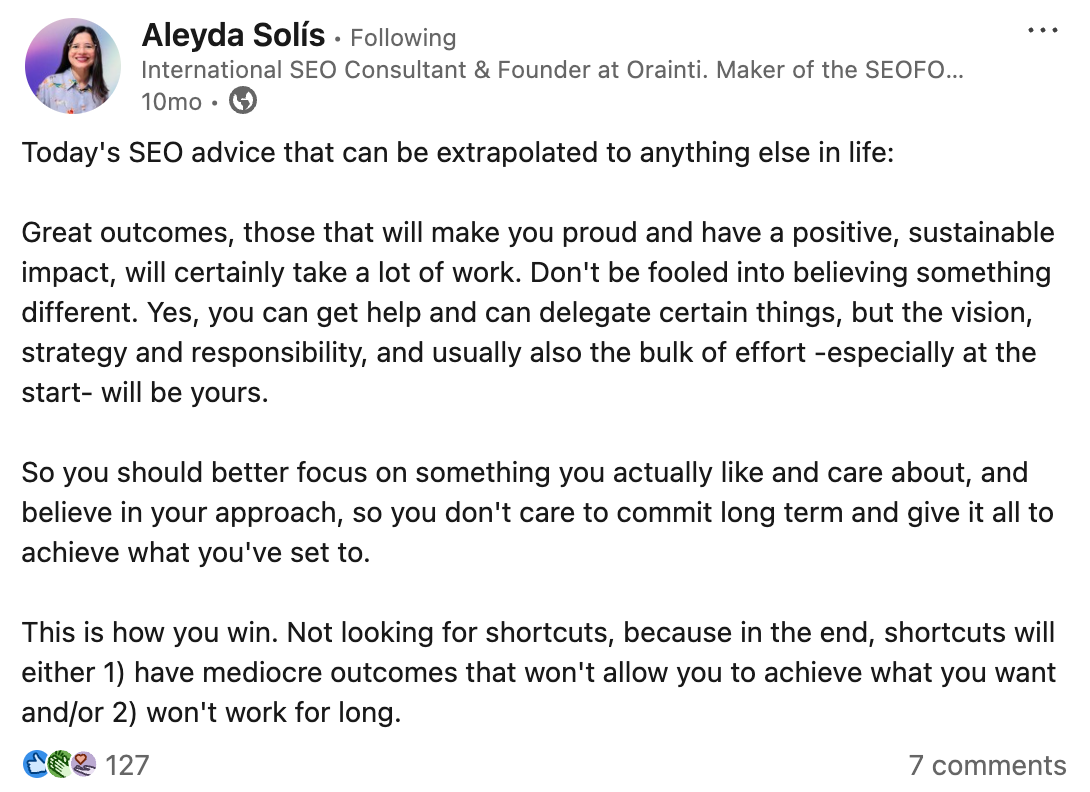
Content that 'smells' like AI is a warning sign
People are starting to notice low-effort content and AI slop. It's taken us about 18 months to get to a point where the general public is wising up.
Here's a great example of an AI slop image from early 2024:
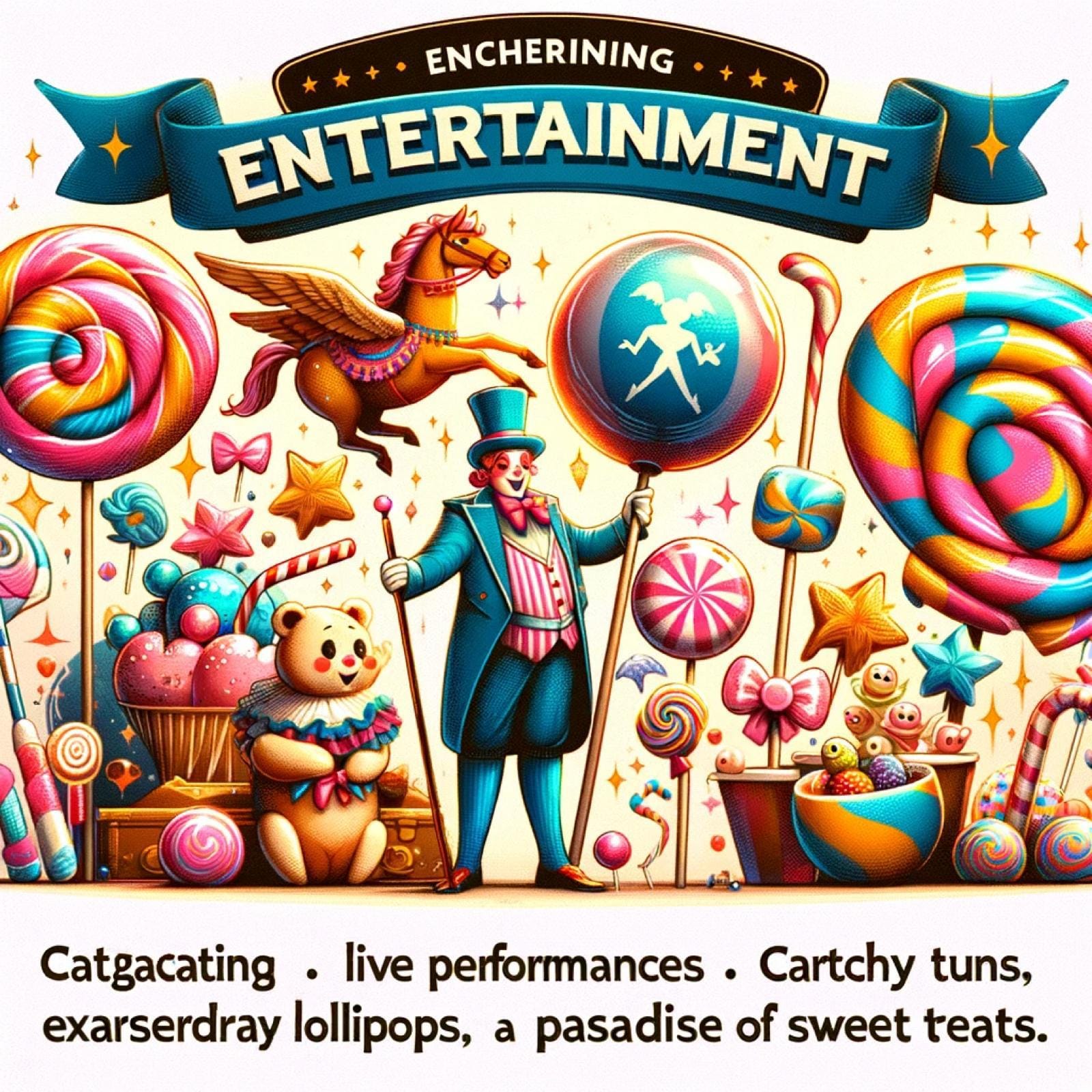
That image is from the publicity material for a Willy Wonka 'event' in Glasgow. It was marketed as a fantastic wonderland, but turned out to be a warehouse containing a half-inflated bouncy castle.
The whole thing, from the website to the décor, was executed with minimum effort. The clues were all there. If people had spotted the weird images on the site, they may have asked more questions before spending £35 ($50) on a ticket.
It is extremely fun to do the first 80% of things
— apenwarr (@apenwarr.ca) 2025-05-20T16:31:12.770Z
We're getting better a spotting images like this and actively avoiding the content they're attached to.
And I think people are starting to reject low-effort text content as well.
Check out this report from Hookline:
- 82.1% of Americans can already spot AI-generated content in blog posts
- 29.8% of respondents aged 45 to 65 said they don't enjoy reading them
- 40.4% of respondents said that AI-generated content changes their opinion of a brand for the worse
If I haven't convinced your manager yet... Mark Williams-Cook also made a great point on LinkedIn:
I think we'll collectively develop a new type of "ad blindness" to GPT-style writing. I've already caught myself starting to read things, immediately sensing they are GPT-written and moving on.
Ad blindness is a fantastic analogy.
The first banner ad ran in 1994. It achieved an astonishing 44% click-through rate.

By 2015, the CTR for a banner ad might achieve a click-through rate as low as 0.05%.
But keep in mind that the term "banner blindness" emerged in 1998... just 4 years after the first banner ad ran.
It didn't take long for people to see the pattern and instinctively dodge the ads. And I already find myself doing this on social media because the patterns are so clear.
In fact, there are so many AI-generated Facebook ads in my feed now, I rarely see one that looks like a human was involved.
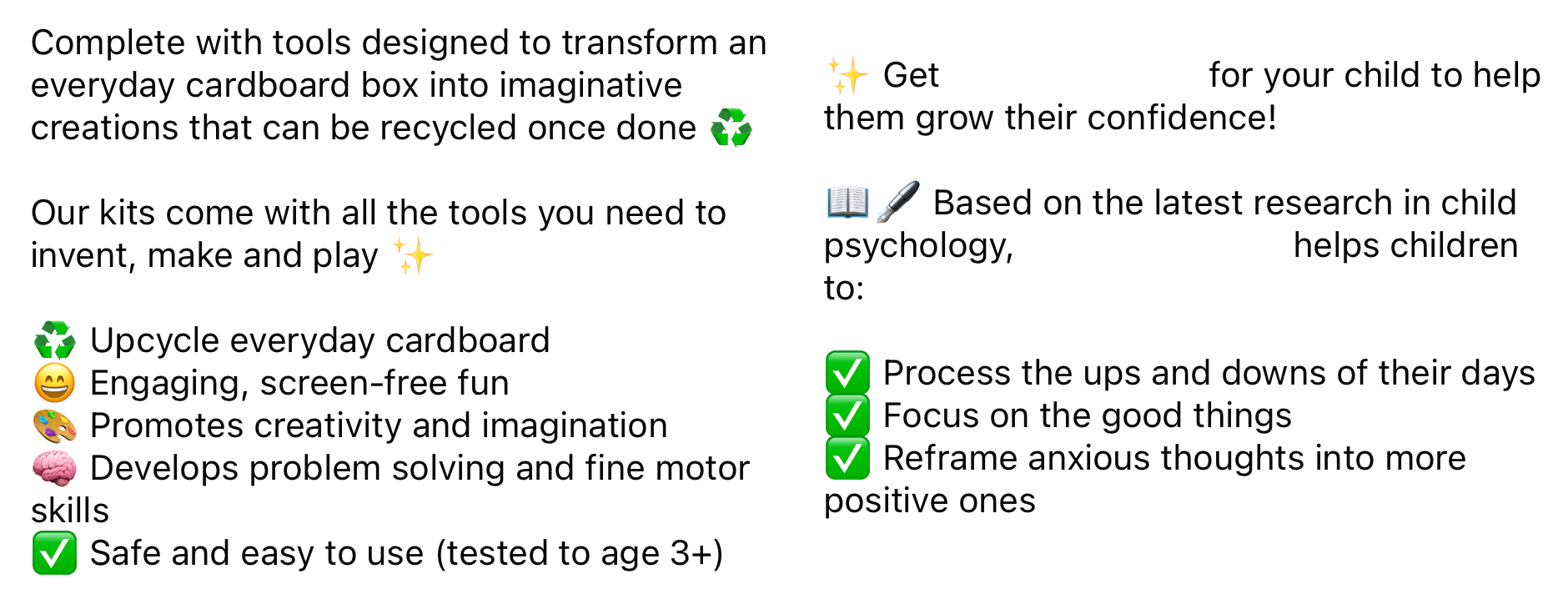
If we don't put effort into the content we create, we're risking turning off 40%+ of the people who see it.
Dwell time matters
I think dwell time is the most undervalued metric in content marketing. It directly impacts how you rank.
Google has many systems that are interlinked. I want to pick out Navboost here to demonstrate why engagement has an impact on your SERP position.
Navboost is the system that shuffles your page up and down in the SERPs based on how users engage with the content.
From Marie Haynes:
Navboost, an essential part of Google’s ranking algorithm, analyzes user interactions—such as clicks, hovers, scrolls, and swipes—to refine and prioritize search results.
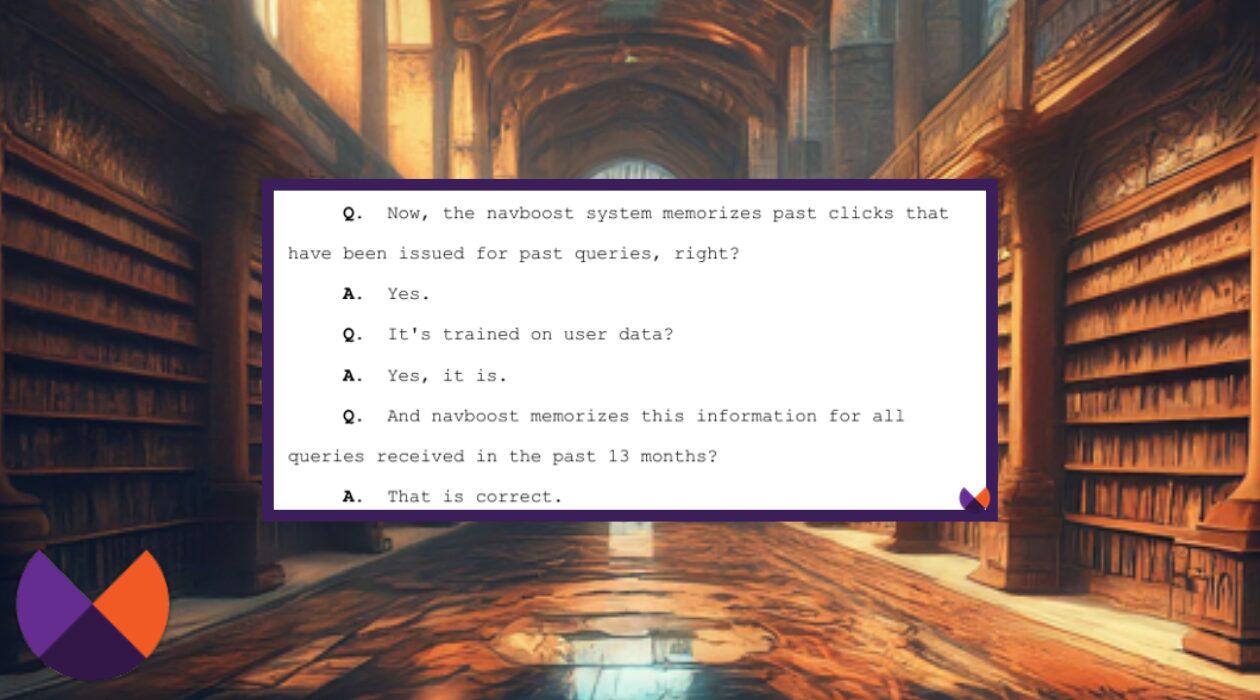
There are all kinds of weird and interesting things to learn about Navboost. It measures user engagement to an incredible level of detail, including not just the number of clicks, but the quality of the clicks:
- Did you get the first click?
- Did the user click anything else afterwards?
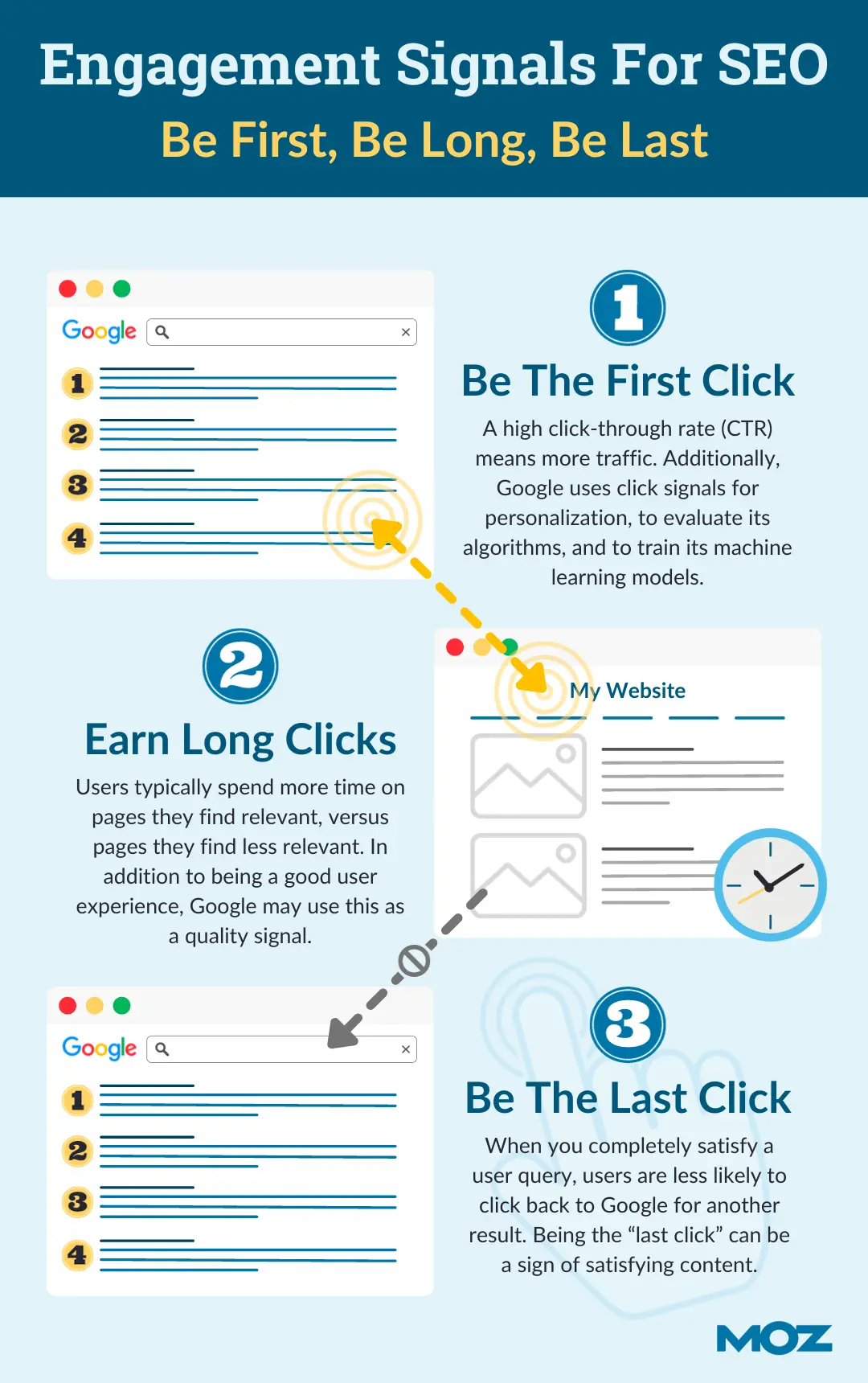
Longest clicks mean longer dwell time. If you get decent dwell time, Google knows people are sticking around to actually read your page.
They'll only do that if you made an effort to create something worth sticking around for.
Dwell time doesn't get enough attention because it feels fuzzy. It's hard to measure compared to traffic. You'll need to look at a bunch of things: session duration, scroll depth, number of pages viewed, and bounce rate.
If you don't have access to those metrics, here's an alternative your manager will click with:
Is this content so original – and so interesting – people will want to share it immediately? If so, they probably spent time reading and enjoying it.
Content quality is a hard sell right now
We're all used to measuring impact in terms of conversions. Managers forget that a conversion can only happen if the content team makes hundreds of correct decisions before the content even goes live.
But regardless... we're past that. We simply can't look at isolated metrics. Those days are behind us.
- We're not just competing in the SERPs anymore – we have to appear in AEO answers too
- AI Overviews are stealing traffic
- There are fewer clicks to fight for
If your manager is still unclear about what impressions are, I get it. It's not easy to move past the basics. But sites that invest in content quality now will be the ones users actually visit next year.
That means:
- Spending money on content so that someone can put effort into it
- Taking the time to look for new angles and adding information gain
- Maintaining a consistent brand voice that doesn't sound like everyone else
- Driving standards up to produce content people share without being prompted to
- Giving people reasons to click, scroll, and stick around.



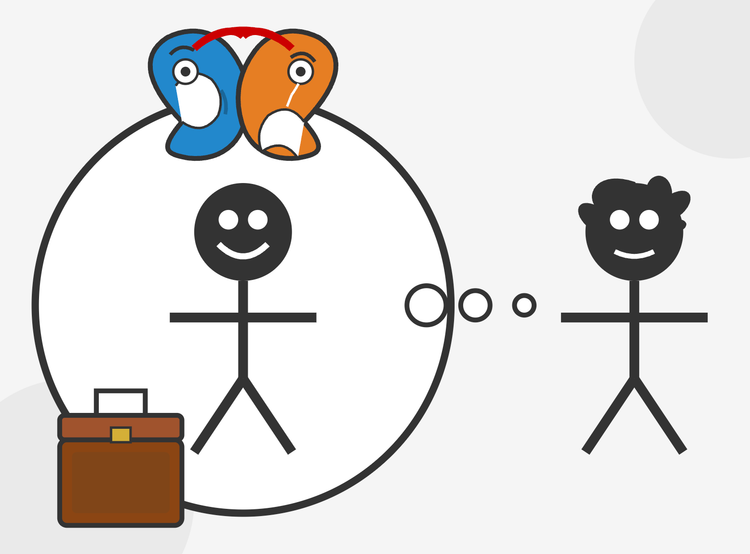
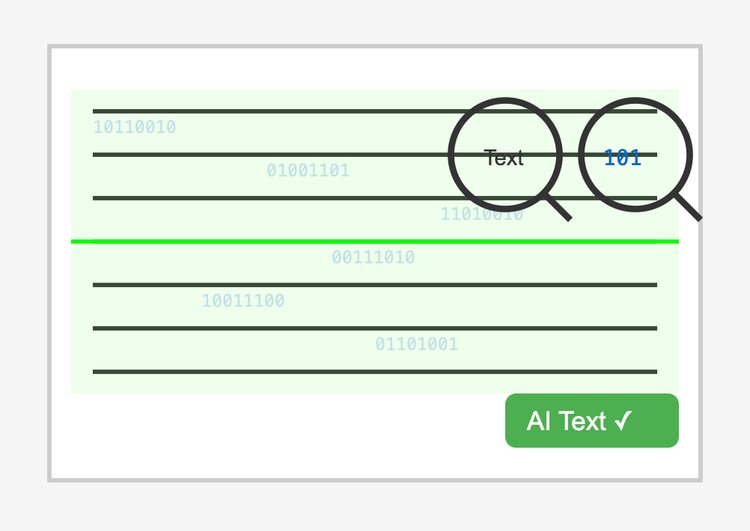
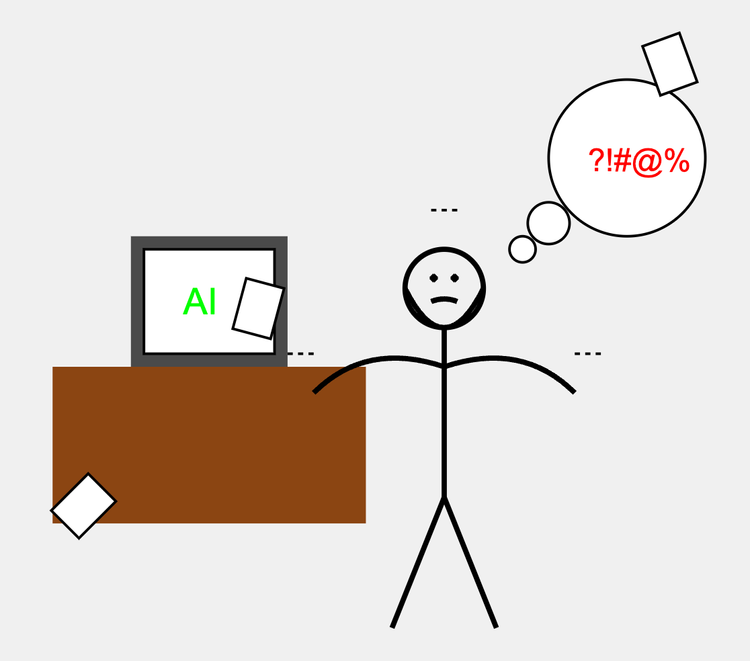
Comments ()